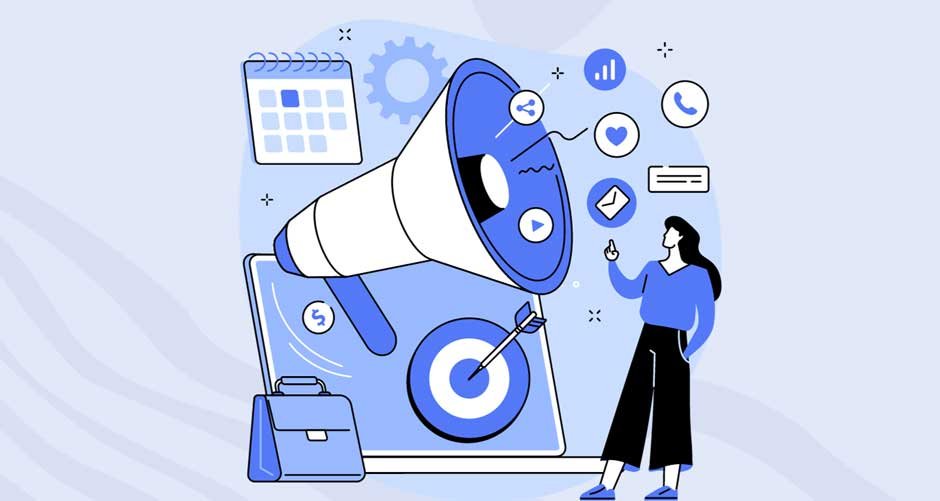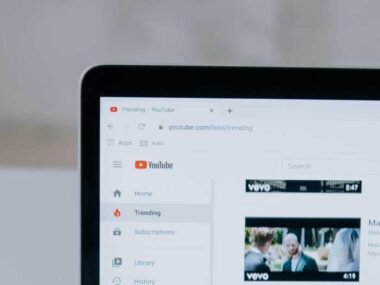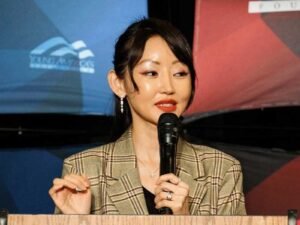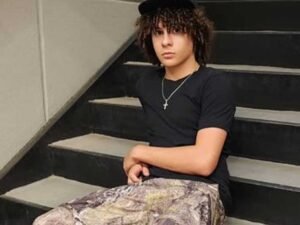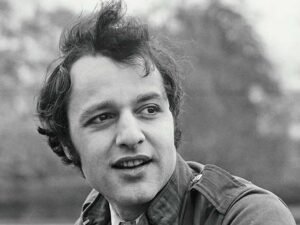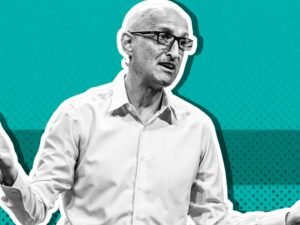With the world saturated with safe marketing and predictable campaigns, the most powerful weapon in a creative’s arsenal isn’t advanced technology or unlimited budgets—it’s curiosity. We’ve built our entire methodology around one deceptively simple question that has the power to transform brands and shatter industry conventions: “What if?”
It’s a systematic approach that has consistently delivered award-winning campaigns by challenging assumptions, discovering hidden insights, and crafting narratives that resonate deeply with audiences. Here’s how we turn curiosity into creative gold.
The Power of the Question
Why “What if?” is the most dangerous question in branding isn’t immediately obvious. On the surface, it seems innocent enough. But in reality, this question has the power to dismantle everything a brand thinks it knows about itself, its audience, and its market position.
While most agencies start with data and demographics, we start with doubt. We begin every project by questioning the fundamental assumptions that have shaped a brand’s identity. This approach separates good campaigns from revolutionary ones because it forces us to look beyond the obvious and explore possibilities that others haven’t considered.
Our Curiosity Framework: The 5 “What If?” Stages
The difference between asking and truly questioning lies in our willingness to be uncomfortable with the answers. True curiosity requires courage—the courage to discover that everything you thought you knew might be wrong, and the wisdom to see that as an opportunity rather than a threat. Here are the 5 stages of our curiosity framework.
Stage 1: What If We’re Wrong About Everything?
The most transformative campaigns begin with the most uncomfortable question: what if everything we believe about this brand is incorrect? This stage is about challenging client assumptions and industry “truths” that have become so accepted they’re rarely questioned.
We start by deconstructing brand perceptions and market positioning. This isn’t about being contrarian for the sake of it—it’s about creating space for genuine discovery. We examine why certain messaging strategies have become standard, whether traditional target audiences are actually the decision makers, and if the brand’s core value proposition is truly differentiated. Sometimes we discover that the most powerful brand moments happen in unexpected places—like the daily ritual of a branded coffee cup that becomes part of someone’s morning routine.
This process often reveals that brands have been solving the wrong problems or speaking to the wrong people. When we peel back layers of conventional wisdom, we frequently discover that the most powerful brand stories have been hiding in plain sight, overlooked because they didn’t fit established industry patterns.
The breakthrough comes when clients realize that their perceived weaknesses might actually be their greatest strengths, or that their most obvious selling points aren’t what truly sets them apart. This stage creates the foundation for everything that follows.
Stage 2: What If Our Audience Isn’t Who We Think?
Discovery beyond demographics reveals the most profound insights about human behavior and decision-making. While traditional market research focuses on age, income, and geographic data, we dig deeper to understand the emotional triggers, unspoken needs, and decision-making processes that truly drive purchasing behavior.
This stage involves finding the unexpected emotional triggers that create genuine connection. We look beyond surface-level preferences to understand the deeper motivations, fears, and aspirations that influence how people interact with brands. Often, the most powerful campaigns emerge when we discover that the real decision makers aren’t who the brand initially thought they were.
The process involves ethnographic research, behavioral analysis, and psychological profiling that goes far beyond standard focus groups. We examine how people actually behave versus how they say they behave, and we pay special attention to the moments of friction, hesitation, or unexpected delight in the customer journey.
The revelation that changes everything usually comes when we discover that the brand has been optimizing for the wrong metrics or speaking to influencers rather than decision makers. This insight fundamentally shifts how we approach messaging, channel selection, and creative execution.
Stage 3: What If We Told a Completely Different Story?
Breaking narrative conventions is where creativity meets strategy in its most powerful form. Most brands fall into predictable storytelling patterns because they’re safe and familiar, but safety is the enemy of memorability.
Finding untold brand stories hiding in plain sight requires looking at familiar elements from completely new angles. We examine the founder’s journey, the company’s evolution, the product development process, and customer relationships to find narrative threads that have been overlooked or undervalued.
The art of story transformation: When partnering with the right experts changes everything
Sometimes the most powerful “what if” question isn’t about finding a new story—it’s about finding the right partner to help you tell your existing story in a completely different way.
What if your brand story isn’t failing because it’s wrong, but because it’s being told through the wrong lens? What if the same core narrative, when filtered through genuine luxury expertise and positioned for affluent audiences, could transform your entire market perception?
The difference between a good story and a luxury story isn’t just about premium aesthetics—it’s about understanding the psychology of affluent audiences and crafting narratives that resonate at an emotional level while maintaining the sophistication these audiences expect.
As luxury branding experts often point out—and we’ve seen this validated in work by agencies like ikon.london—the difference between a good story and a luxury story isn’t just aesthetics. It’s understanding that affluent audiences expect emotional resonance wrapped in sophistication.
Stage 4: What If We Did the Opposite?
Contrarian creative thinking produces some of the most memorable and effective campaigns because it forces audiences to pay attention. When everyone else is zigging, there’s tremendous opportunity in zagging—but it requires strategic thinking to ensure the contrarian approach serves the brand’s objectives.
When zigging while others zag pays off, it’s usually because the opposite approach reveals a truth that competitors have been missing. This might mean embracing simplicity in a complex category, highlighting vulnerability in an industry focused on strength, or celebrating quirkiness in a market obsessed with perfection. Sometimes it’s as simple as transforming everyday touchpoints—like turning standard business stickers into memorable brand moments that competitors overlook.
The key is identifying which industry conventions are ripe for disruption and which are fundamental to category function. Successful contrarian campaigns challenge expectations without alienating core audiences or undermining brand credibility.
The most powerful contrarian campaigns often emerge from insights about changing consumer values or emerging cultural shifts that established brands have been slow to recognize. By moving in the opposite direction, brands can position themselves as pioneers rather than followers.
Stage 5: What If This Could Change Everything?
Scaling small insights into big brand movements requires vision, courage, and strategic execution. The most successful campaigns don’t just communicate—they create cultural conversations and shift industry dynamics.
Measuring curiosity-driven results involves both traditional metrics and more nuanced indicators of cultural impact. We track engagement, conversion, and revenue alongside brand perception shifts, industry influence, and competitive response.
The transformation from question to cultural phenomenon happens when brands commit fully to insights that initially seemed too bold or risky. These campaigns succeed because they tap into larger cultural currents and give audiences permission to think differently about familiar categories.
The most rewarding projects are those where our “what if” questions lead to industry-wide changes in how brands approach their audiences, tell their stories, or position their offerings.
The Curious Creative’s Toolkit
Research techniques that uncover hidden insights go far beyond traditional market research. We employ behavioral observation, cultural analysis, competitive archaeology, and psychological profiling to understand not just what people do, but why they do it and what they’re not telling us in surveys.
Ideation methods that push beyond the obvious include constraint-based creativity, reverse brainstorming, assumption challenging, and cross-industry inspiration. We create environments where wild ideas are encouraged and then systematically evaluate them for strategic relevance and execution feasibility.
How we prototype and test “what if” scenarios involves rapid concept development, audience testing with real stakes, and iterative refinement based on genuine feedback rather than focus group politeness. We believe in failing fast and learning faster.
